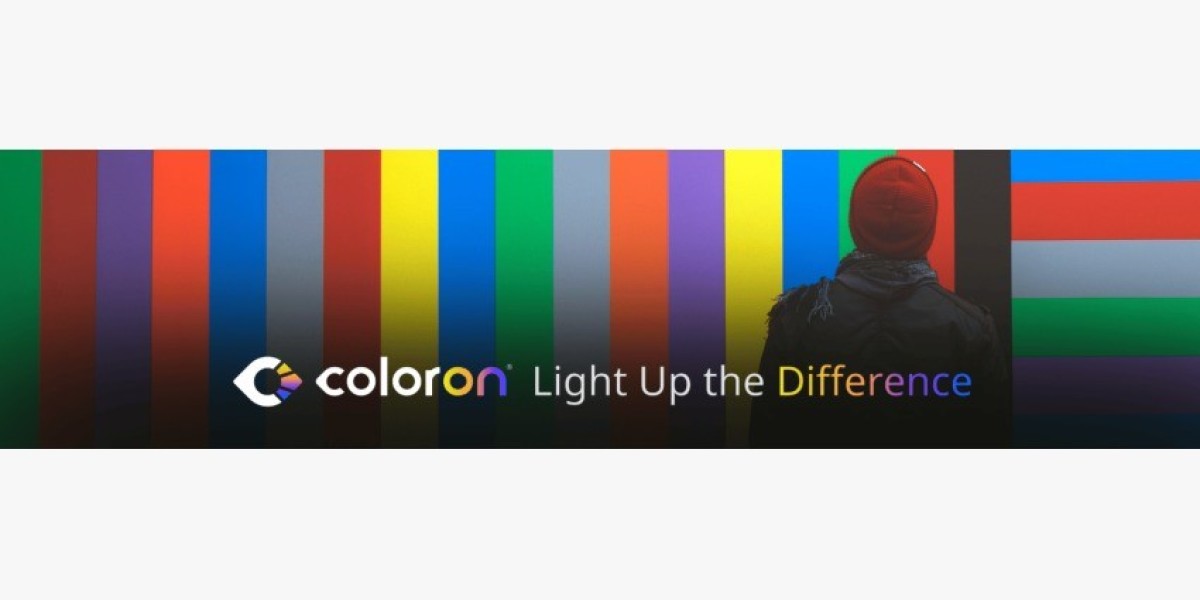Colour vision plays a vital role in our daily lives, from identifying traffic signals to enjoying the beauty of nature. For some, distinguishing certain colours can be challenging due to colour vision deficiency. A test for colour blindness is a simple yet effective way to detect and understand these vision differences.
What Is a Test for Colour Blindness?
A test for colour blindness evaluates an individual's ability to perceive and differentiate colours. It helps identify conditions where specific colour ranges—such as red-green or blue-yellow—are hard to distinguish. While some tests are designed for medical or professional purposes, others are suitable for personal awareness and routine check-ups.
Types of Tests for Colour Blindness
Several methods are used to assess colour vision. Here are the most common:
Ishihara Plates: This test uses a series of images made up of coloured dots. Within these dots, individuals with normal colour vision can detect numbers or patterns, while those with colour blindness may struggle.
colour Arrangement Tests: Participants are asked to arrange coloured tiles in a gradient. This test evaluates the ability to distinguish subtle differences in hue.
Anomaloscope: A specialized test where individuals match the brightness and colour of two separate lights. It provides a detailed understanding of colour vision deficiencies.
Online Tools: While not as precise as clinical tests, online options allow individuals to take a preliminary test for colour blindness conveniently from home.
Signs You May Need a Test for Colour Blindness
Not everyone realizes they have a colour vision deficiency. Here are some common signs that indicate you should consider a test for colour blindness:
Difficulty distinguishing between red and green shades.
Confusion between similar colours, such as blue and purple.
Trouble identifying colours in low light or dim conditions.
Receiving feedback from others about incorrect colour identification.
Importance of Early Detection
Taking a test for colour blindness early in life can help in various ways:
Educational Support: Children with colour blindness can benefit from tailored teaching methods to overcome learning challenges.
Career Guidance: Certain professions, such as pilots or electricians, require accurate colour perception. Early detection can guide career choices.
Daily Adaptations: Understanding colour vision limitations allows for practical adjustments in everyday activities, such as organizing items by texture or labels instead of colours.
How to Prepare for a Test for Colour Blindness
Preparing for a test for colour blindness is simple and doesn’t require any special measures. However, keeping these tips in mind can enhance accuracy:
Ensure proper lighting in the testing environment.
Avoid eye strain by resting beforehand.
Follow instructions carefully during the test.
Living with colour Vision Deficiency
While colour blindness cannot be cured, it doesn’t have to limit a person’s potential. Tools such as colour-identifying apps, customized learning aids, and supportive technology help individuals navigate their lives with ease.
Conclusion
Taking a test for colour blindness is a proactive way to understand your vision and adapt accordingly. Whether you suspect you might have a colour vision deficiency or simply want to confirm your colour perception abilities, this test is a straightforward and valuable step. By understanding the results, you can make informed decisions and embrace practical solutions to enhance your daily life.
Explore your vision with confidence—start with a test for colour blindness and unlock a clearer understanding of how you see the world.








